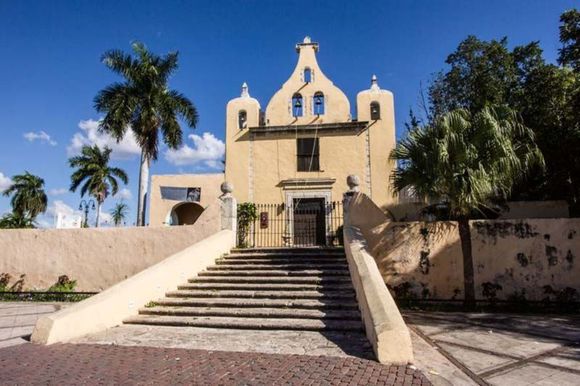Mèrida, Yuc., May 11, 2021 (SIPSE).- La Ermita de Santa Isabel in Mérida, is a neighborhood of the city that hides many traditional stories, including one that has to do with an iconic, proudly Yucatecan, delicious dish: the Panucho.
According to the popular tradition of Yucatán, the panucho has its origin in the area of La Ermita de Santa Isabel, which basically located in downtown Mérida.

This is the story of the Panucho
The old residents of the area point out that, in that area lived a man known as “Don Hucho”, who had a food stall for travelers who went or came to Campeche, which passed precisely by La Ermita, where there was a path known as Camino Real in the mid-nineteenth century.
One day, “Don Hucho” began to prepare a sandwich consisting of bread with strained beans and a boiled egg.
The people of that time called it “El Pan de Don Hucho.” With the passage of time, the bread was replaced by corn tortillas and the dish became so popular that it was finally called “Panucho”.

Other curious stories from the area
The Chapel of Santa Isabel was also called the Good Trip because it used to be “the exit” of the city of Mérida and is an obligatory stop for travelers who used to travel the Camino Real to Campeche.
In the church, travelers commended or thanked each other when they arrived in the city, in addition to being on the side of the road to the cemetery, it also served to officiate masses as part of an annual procession.
Origin of La Ermita de Santa Isabel
It is said that La Ermita was founded by Gaspar González de Ledesma, a resident of the place, who built it with his own economic resources and later moved to live there as a hermit.
Its austere architecture is characteristic of the churches built in the 16th and 17th centuries.

The botanical park garden has at its main entrance a stone portico that belonged to the so-called “Casa de la Condesa”, which was at the intersection of 62nd and 59th streets.
This portico features carved stone columns and the coat of arms of the Encomenderos family that built it in colonial times.
Source: Sipse


